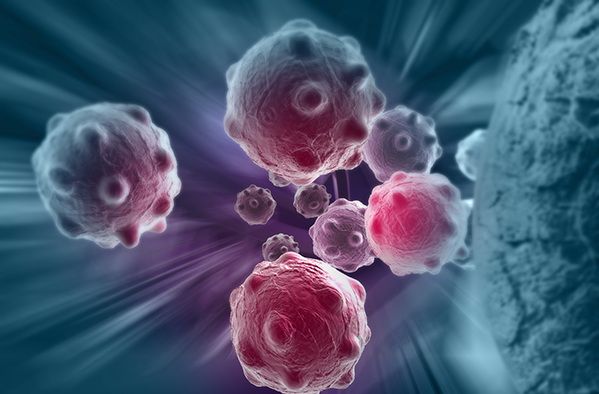HOW CAN WE HELP YOU? Call 1-800-TRY-CHOP
In This Section
Each Patient Specimen in Cancer Center Biorepository is a Gift of Knowledge
 Childhood cancer still has its mysteries. Every specimen stored in the Center for Childhood Cancer Research (CCCR) Biorepository, however, is a precious piece of the puzzle: a gift of knowledge made possible by a Children’s Hospital of Philadelphia patient’s desire to help drive breakthroughs.
Childhood cancer still has its mysteries. Every specimen stored in the Center for Childhood Cancer Research (CCCR) Biorepository, however, is a precious piece of the puzzle: a gift of knowledge made possible by a Children’s Hospital of Philadelphia patient’s desire to help drive breakthroughs.
“The patients hold the answer,” said John Maris, MD, a pediatric oncologist at CHOP and the principal investigator of the biobank. “The defects in their tumor cells, what went wrong in the immune system — that’s all in their bodies, and the only way we can study it is by studying the specimens.”
With the biorepository currently housing more than 4,500 samples (a number that increases weekly) collected over the last six years, it is, without a doubt, an investigator’s most powerful lead.
“We believe that the samples and the information that is linked to these samples are vital for us to understand more about what causes pediatric cancer,” said Stephen Hunger, MD, chief of the division of Oncology and director of the CCCR. “It helps us answer questions such as why somebody gets cancer, how [the cancer] responds to treatments, and why some patients respond to treatments and others don’t. Because of the size of our cancer center, we have a unique opportunity to generate new knowledge that can then be used to optimize treatment for children, adolescents, and young adults with cancer.”
Given that many variations of a cancer diagnoses can exist, and that each of these variations is — on its own — extremely rare, these specimens and their accompanying knowledge fill a deep gap in the research investigation. Take, for example, pediatric leukemia. Despite being one of the more common childhood cancers, it is still highly uncommon and comes in many different forms.

“Most [researchers] focus on one particular area, and they’ll have ideas to test new therapies to treat that X, Y, or Z-leukemia,” said Alix Seif, MD, an attending physician at CHOP who investigates immune system-stimulation to treat leukemia. “But if there are two patients a year with that particular leukemia diagnosis, and one of them says no, then it could be 10 years before a researcher can get enough patient samples to do anything with.”
The biorepository speeds up this process: With samples already banked prospectively, that researcher may get up to 10 infant leukemia specimens. On top of that, they may also get specimens from older children for comparison. Specimens remain usable for decades and, thanks to six years of development, the repository contains thousands of high-quality samples. An online query tool called the CCCR Harvest inventory and data discovery system helps researchers find and request the proper types of specimens for their study. Investigators can sift through real-time, de-identified data that details each specimen’s characteristics, clinical pathology data, genetic testing results, and more.
“Allowing the researchers to be able to see what sort of inventory of samples we have, and what sort of attached information, helps them to develop the best possible research question to ask,” Dr. Hunger explained.
The biobank is open to all CHOP researchers, and the process of obtaining access begins with filling out the online application through the repository’s website. The website also lists contact info for the biobank’s coordinators. Once an investigator submits the form, a scientific review committee conducts a National Institutes of Health-style quality-check review to make sure that the investigation is sound, and that the request is reasonable to both balance out specimen availability for other investigators and answer the interested researcher’s question.
“The value of the bank is the number of times we distribute specimens,” Dr. Maris said. “And, ultimately, it is in the discoveries made by researchers using those specimens.”
Read more:
Cancer Survivor Sees Big Picture of Childhood Cancer Research
Biorepository and Registry at the Center for Childhood Cancer Research – Main Page